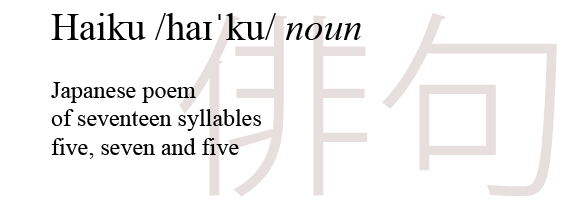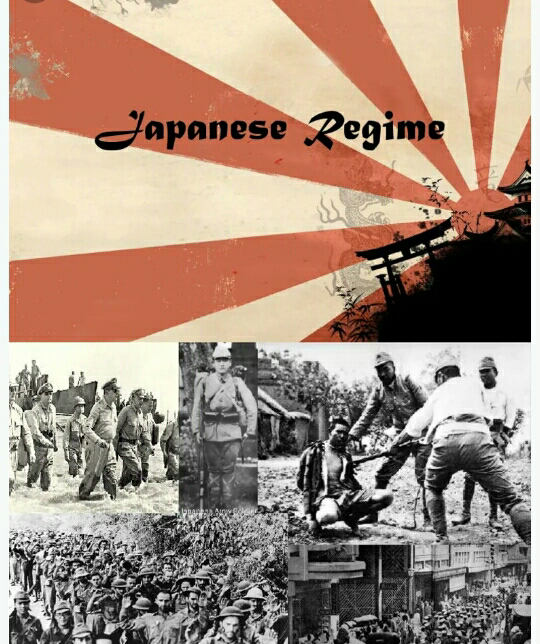On this information about some ides from the first topic on Week 1 lesson is all about on 21st Century Literature you are expected to know what are does:
Week 1
1.Alibata o Alphabet
Alibata means Alphabet not Baybayin. It’s a commonly known fact for us Filipinos that Baybayin was the language used by certain ethno-linguistic groups in Luzon and Visayas, but primarily by the Tagalogs during the pre-colonial era of the Philippines. Since then, it has evolved into the language we currently use today. However, the language of Baybayin is often interchanged with the term Alibata, and is believed to be one and the same. But this is far from the truth.
Is Alibata the same as Baybayin?
Alibata was a term coined by Paul Rodriguez Verzosa in 1914. He based this term on the Arabic alphabet alif, ba, and ta from the Maguindanao Moros and was turned into Alibata afterward.
The reason why Alibata is a wrong term is that there is no clear or strong evidence that pre-colonial Filipinos derived Baybayin from the Arabic language. In addition, the Baybayin script has no relation whatsoever to the arrangements in the Arabic alphabet and was deemed only a presumption in the 20th century.
2.THE PERIOD OF ENLIGHTENMENT-(1872-1898)
After 300 years of passivity under Spanish rule, the Filipino spirit reawakened when the 3 priests Gomez, Burgos and Zamora were guillotined without sufficient evidence of guilt. This occurred on the 17 th of February. This was buttressed with the spirit of liberalism when the Philippines opened its doors to world trade and with the coming of a liberal leader in the person of Governor Carlos Maria de la Torre. The Spaniards were unable to suppress the tide of rebellion among the Filipinos. The once religious spirit transformed itself into one of nationalism and the Filipinos demanded changes in the government and in the church.
2.AMERICAN REGIME
Philippine literary production during the American Period in the Philippines was spurred by two significant developments in education and culture. One is the introduction of free public instruction for all children of school age and two, the use of English as medium of instruction in all levels of education in public schools.
Free public education made knowledge and information accessible to a greater number of Filipinos. Those who availed of this education through college were able to improve their social status and joined a good number of educated masses who became part
of the country’s middle class.
The use of English as medium of instruction introduced Filipinos to Anglo-American modes of thought, culture and life ways that would be embedded not only in the literature produced but also in the psyche of the country’s educated class. It was this educated class that would be the wellspring of a vibrant Philippine Literature in English.
Philippine literature in English, as a direct result of American colonization of the country, could not escape being imitative of American models of writing especially during its period of apprenticeship. The poetry written by early poets manifested studied attempts at versification as in the following poem which is proof of the poet’s rather elementary exercise in the English language.
3. The Japanise Period (1941-1945)
Historical Background Between 1941-1945, Philippine Literature was interrupted in its development when the Philippines was again conquered by another foreign country, Japan.
Philippine literature in English came to a halt. Except for the TRIBUNE and the PHILIPPINE REVIEW, almost all newspapers in English were stopped by the Japanese.
FILIPINO POETRY DURING THIS PERIOD
The common theme of most poems during the Japanese occupation was nationalism, country, love, and life in the barrios, faith, religion and the arts.
Three types of poems emerged during this period.
They were:
1. Haiku – a poem of free verse that the Japanese like. It was made up of 17 syllables divided into three lines. The first line had 5 syllables, the second, 7 syllables, and the third, five. The Haiku is allegorical in meaning, is short and covers a wide scope in meaning.

source:learninghub3.blogspot.com
2.Tanaga – like the Haiku, is short but it had measure and rhyme. Each line had 17 syllables and it’s also allegorical in meaning.

source:www.slideshare.net
3. Karaniwang Anyo (Usual Form) – like those mentioned earlier in the beginning chapters of this book.
4.Philippine Literature in English
Philippine literature in English has its roots in the efforts of the
United States, then engaged in a
war with Filipino nationalist forces at the end of the 19th century. By 1901, public education was institutionalized in the
Philippines, with English serving as the medium of instruction. That year, around 600 educators in the S.S. Thomas (the "
Thomasites") were tasked to replace the soldiers who had been serving as the first teachers. Outside the academe, the wide availability of reading materials, such as books and newspapers in English, helped
Filipinos assimilate the language quickly. Today, 78.53% of the population can understand or speak English.








Comments
Post a Comment